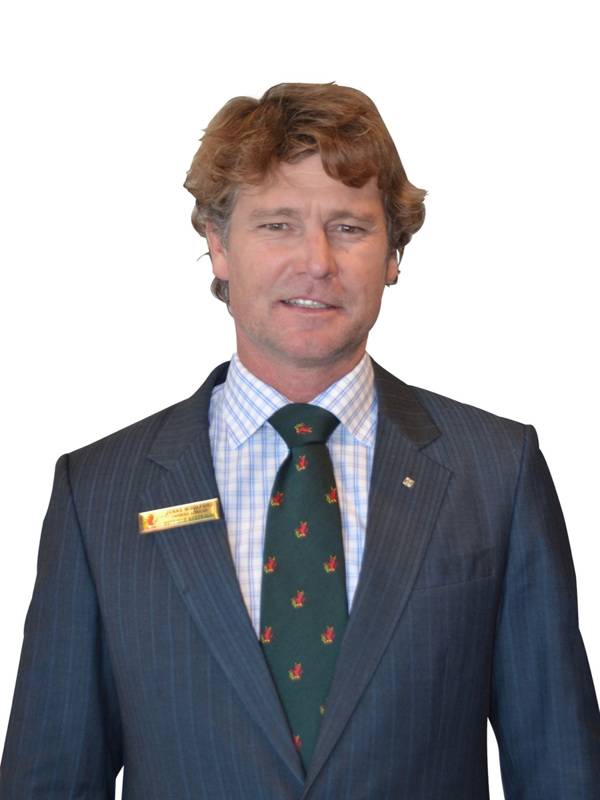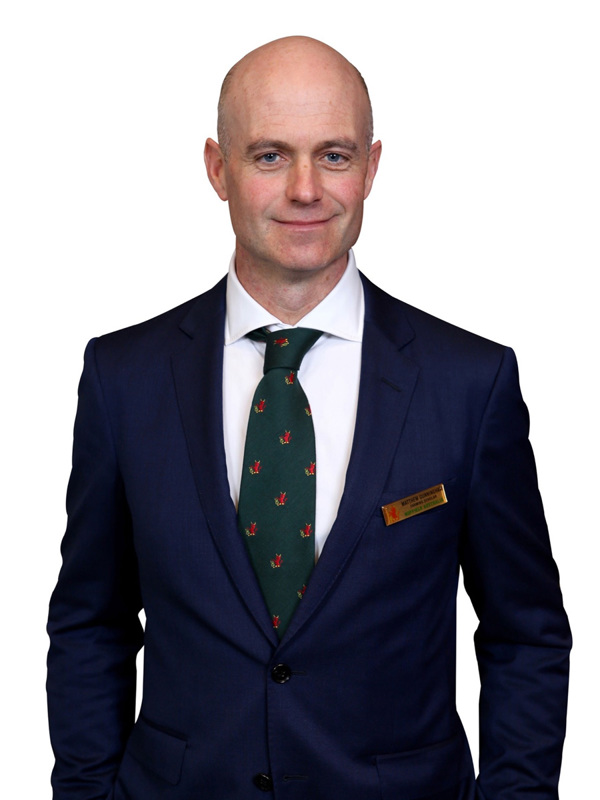
Bao Duy Nguyen

Nuffield Australia 2017 Scholar
Growing more with less: boosting
A Nuffield research report reveals numerous currently available methods for Australian horticulture producers to boost the efficiency and productivity of low-tech greenhouse systems and unlock new market opportunities. The report’s author is Bao Duy Nguyen, a greenhouse vegetable grower and 2017 Nuffield Scholar based near Geraldton, WA. With support from Hort Innovation, Mr Nguyen travelled the world investigating how low-tech greenhouse operators can become more efficient within their existing production systems.
Mr Nguyen’s parents arrived in Western Australia in the 1980s as refugees from Vietnam. After working as labourers on tomato farms near Geraldton, they purchased a small plot of land and started growing tomatoes, cucumbers and capsicum. Mr Nguyen and his brother joined the family business in 2013, and while they were able to expand by purchasing additional land, they soon realised that the business’ production levels had plateaued. Wanting to uncover what other growers around the world were doing to get more from their low-tech greenhouse operations, Mr Nguyen applied for a Nuffield Scholarship.
“When they came to Australia, many migrant farmers like my parents chose to grow fruit and vegetables in low-tech greenhouses because of their affordability and simple technology. Plus, in areas with favourable climatic conditions like Geraldton, low-tech greenhouses are viable and sustainable. Within these low-tech parameters, I wanted to find more efficient practices and production methods to maximise grower returns.”
Travelling across Brazil, Singapore, Japan, Israel, Europe, Canada, the United Kingdom, the United States and the Netherlands, Mr Nguyen’s research defines factors that impact low-technology greenhouse management and makes recommendations to growers operating in these systems.
“Growing structures in Israel and Spain are similar to Geraldton, so practices there can be easily replicated or adapted to our environment. Temperature control and ventilation is key to productivity, and in low tech greenhouses, temperature control with roof vents is effective, if somewhat limited. In places with hot, dry climates like the Arava Valley in Israel, saw-tooth multi-span or flat arch structures used. A strip is cut out of the structure and replaced with insect netting that is permanently open. With an average rainfall of only 20mm, humidity is not an issue.”
Other low-tech climate control practices observed in Brazil included evaporative cooling with misters and suction fans, and the laying of black plastic along crop rows to pool water which would then evaporate. Along Spain’s Almeria Coast, Mr Nguyen observed a simple, but effective method of boosting water efficiency in greenhouses positioned along the rugged mountainside.
“By covering the ground with a clay loam, overlain with a layer of manure and capping it with river sand, growers have created an ideal environment for preserving precious water. The clay loam has high water retention properties, and the manure boosts microbial activity while the river sand acts as a mulch and holds the water within the soil, reducing evaporation and unwanted humidity.”
Another key recommendation of Mr Nguyen’s report is to increase collaboration and knowledge sharing within the industry.
“Better collaboration between growers, government and industry bodies is essential for the health and longevity of the horticulture industry. Growers need to realise that working together and sharing knowledge will only enhance their businesses and lead to a more sustainable industry for us all,” Mr Nguyen said.





















